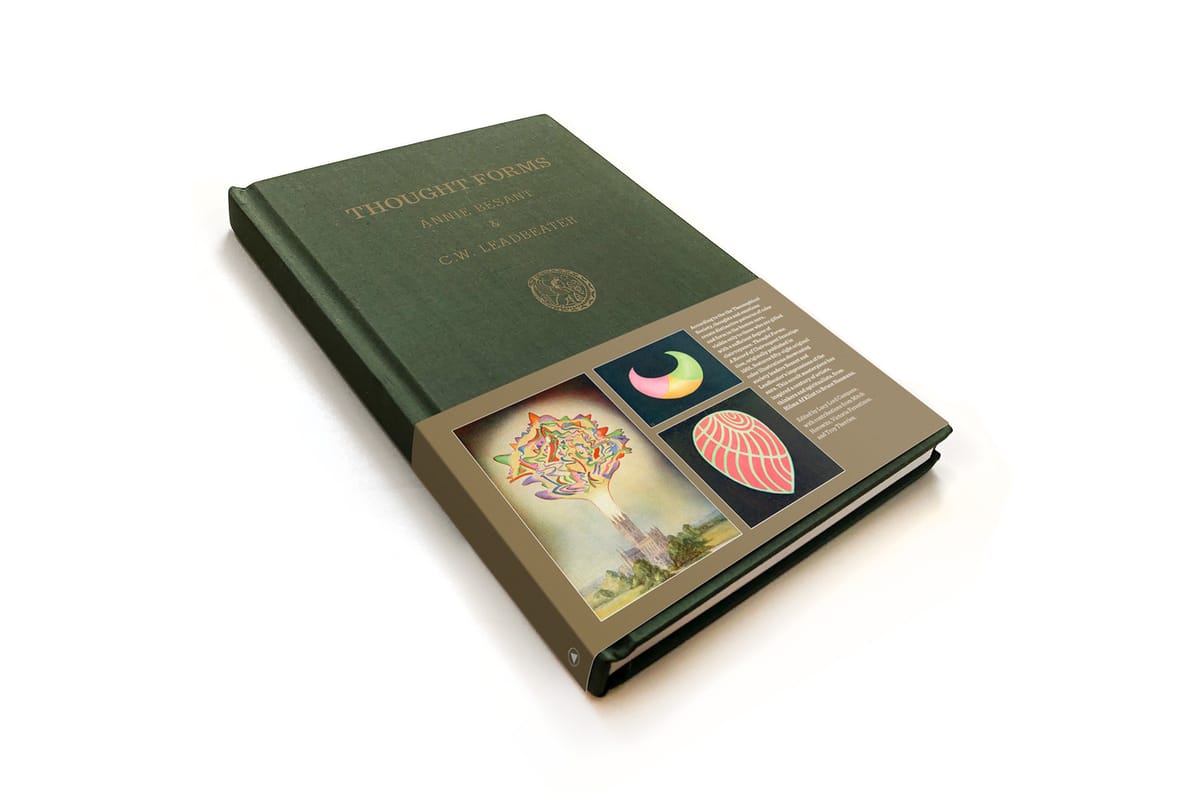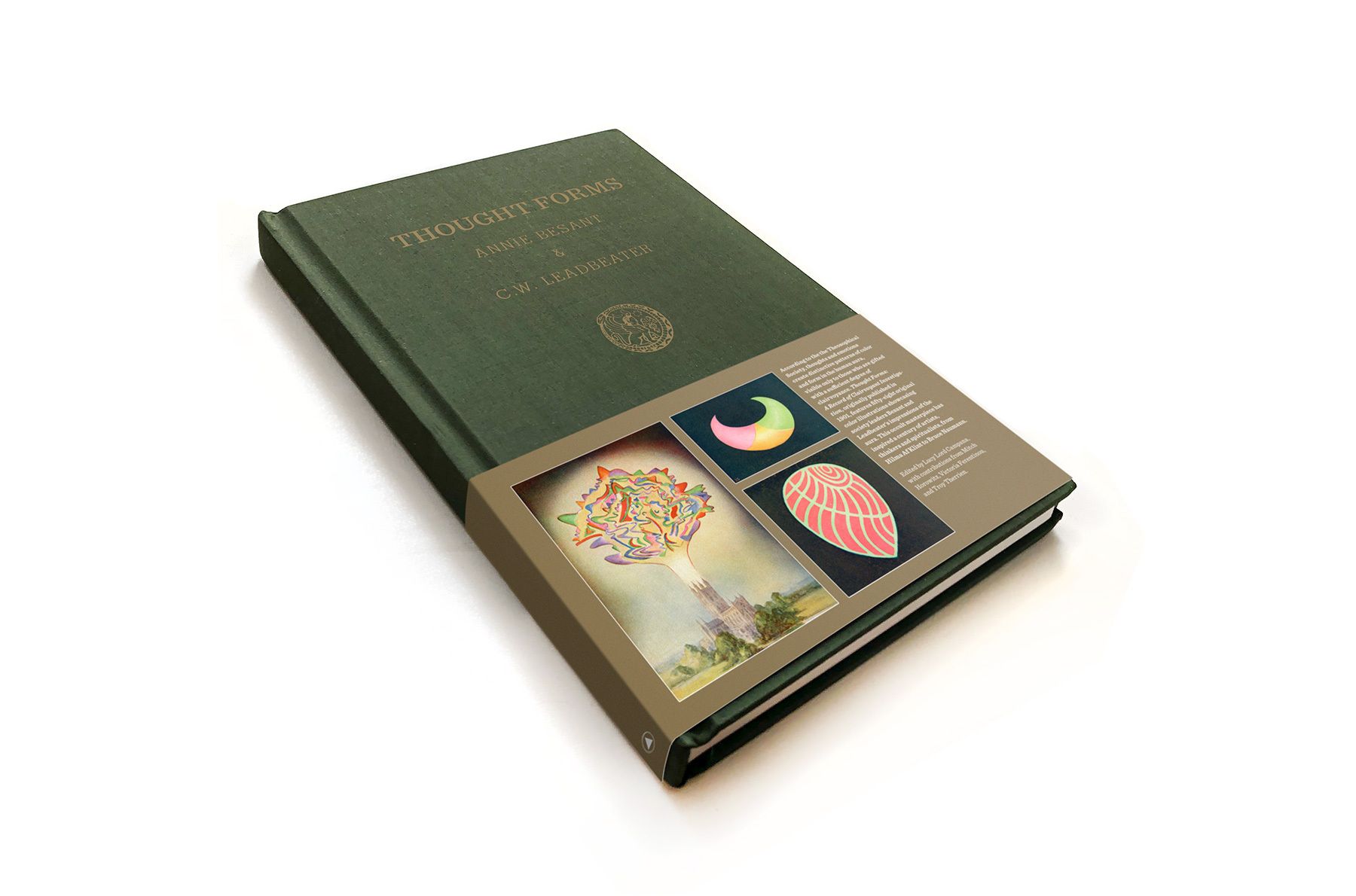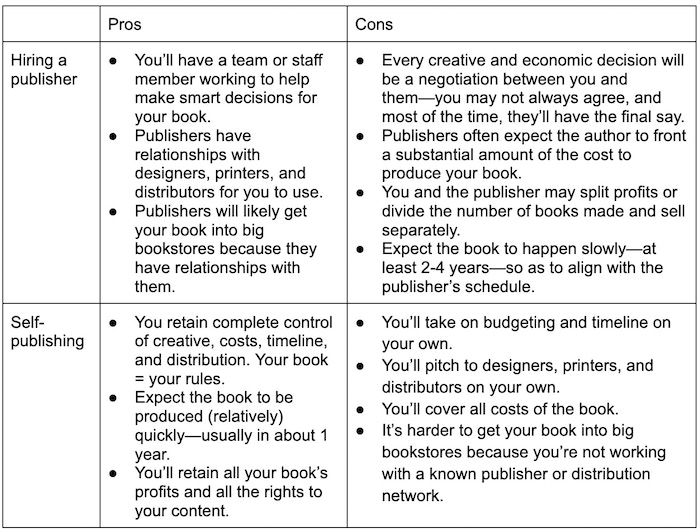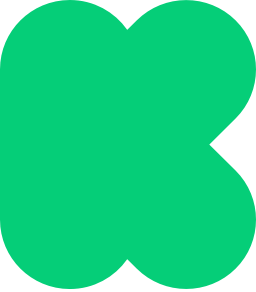Funding Your Photobook or Art Book
Thinking of creating a photobook or art book? Here's our advice on handling budgets, printing, distribution, and more.

Photobooks and Art Books are two subcategories on Kickstarter with some of the highest success rates on all of Kickstarter—73% for photobooks and 69% for art books in 2021. They’re also some of the most stable categories in terms of number of projects launched and number of successful projects over the past decade. Kickstarter has always been a haven for these projects; I should know, having stewarded these projects for three years as the Arts Outreach Lead with events, resources, and features.
Crowdfunding a book is a realistic method to simultaneously raise funds for and the profile of your project across an audience of millions. But just like any Kickstarter campaign, the more you’ve thought through your project before you launch, the more likely you’ll find success. You’ll want to have a lot of decisions made before you crowdfund, which is why we’ll start with the pre-work in this article and later head to my tried-and-true campaign strategies. Read on for advice on how to handle printers, distribution, your Kickstarter budget, and more.

Get Advice from Everyone
If you remember one thing in this entire article, it’s this. Ask everyone for advice—and say thanks with a book. Publishing can be a very complicated procedure, and there isn’t a one-stop online shop to understand designing, printing, pricing, and selling a book. Costs can fluctuate by the tens of thousands depending on where you’re printing or who you’re hiring, so the more information you can collect from the people who have done this before, the more you’ll feel equipped to make the right decision for your book.
Ask friends who have published before—or send emails to artists whose books you deeply admire—and ask if they have any advice about the parts of the process you don’t fully understand yet. If they’re willing, they may share price quotes they received from designers, printers, and publishers, which you can compare to the quotes you’re asking for from vendors. As a token of your thanks, earmark a few dozen books to send to these people when you’re ecstatically unboxing your very own book. They’ll be excited to see that your hard work paid off, and will possibly share it with a friend, a publisher, or a writer. These connections can lead to collaborations or publications later down the road.
Envision Your Book’s Specs
I see campaigns struggle, and sometimes not reach their goal, when they can’t envision—and describe—their book. Start by figuring out exactly how you want your book to look and feel. In order to do this, it’s often best to answer these questions:
1. What’s your minimum print run? A print run is the number of books your printer will create for you. The cost per book generally goes down the more copies you order, but printing in bulk to cut costs often means you’ll wind up with hundreds of books in your house or storage unit. So to find the right balance, here’s my rule of thumb:
- If you’re a new or emerging artist with no staff or connections to bookstores, try a small print run of a few hundred copies—or a double digit number if your book’s a rare limited edition.
- If you’ve got more help, more connections, and more space to store copies, consider a run of 750–1500.
- If you’ve already inked a deal with a big publisher or bookstore, you’ll want at least 1000 copies.
2. What does your book look like? Build a list of the features you’d like your book to have, whether it’s a must-have list or a wish list. This includes things like:
- Number of pages
- Type of binding (take a look at these examples)
- Number of interior colors (is it black and white, or is it high-res photography?)
- Quality of page (this overview is very helpful)
- Any extra artistic embellishments, like double gate folds
3. How many people will buy it? Consider how many people will realistically pre-order a copy of your book through your campaign and buy your book after your Kickstarter. This could be (at least) a third of the number of followers you have on Instagram, or maybe half of the people subscribed to your newsletter. Remember: you can always make the book the first edition/run. It might be smarter to start the first edition small, sell out, and build demand for the second edition.
Assemble Your Team
Now that you’ve thought through your book’s look and feel, it’s time to assemble the team that will make it come to life.
1. Publisher (optional): Deciding whether you’ll hire a publisher—or self-publish—is primarily a question of control and scale. I think through this decision with my clients using this diagram:

If you’re going the route of a publisher, ask your artist friends if they have any recommendations. Or take a look at some online directories (here, here, and here) and pitch a few to get the ball rolling. When you’ve narrowed down your choices, this PDN Online article is great at summarizing how to best pitch them.
Hot Take: Self-publishing gets an unnecessary bad rap in literary circles because some writers and artists believe a publisher is a cultural stamp of approval. To this, I say: whose approval? And whose rules? If you’re an independent, emerging artist, making a book is a phenomenal feat no matter who helps you. Plus, you’ll likely have to front the book’s cost whether you’re working with a publisher or not. So if someone’s snobbery gets in their own way of appreciating your hard work, they’re probably not the audience you want in the first place.
2. Designer (definitely not optional): Unless you’re a magazine designer or live in InDesign, you’re probably going to need the expertise of a book designer. They’ll help you think through your book’s typeset, layout, cover design, and colorway—and mock up the book for you with the right bleed margins and markers for a printer to use.
If you’re going the publisher route, they’ll likely (but not always) have a designer in mind. But if you’re self-publishing, ask your artist friends for book designer recommendations. Or, look at funded Kickstarter photobooks or art books to see which designers they worked with.
Expect to go through a round of revision or two with your designer, pointing out the things you like, need to change, or want different options for. At the end of this process, the designer will give you a high-res, ready-to-print file or PDF of your book with the correct bleeds and margins that you can send to your printer.
3. Printer (definitely not optional): Unless you’re a printmaster or letterpress owner, you’re likely going to need a printer for your book. They’ll help you understand the costs associated with different cover types (e.g. softcover or hardback), paper thickness, binding options, and colors. (Remember, if you’ve got a publisher, they’ll likely have a printer in mind. Otherwise, it’s up to you to find one.)
Good printers will suggest or offer ways to make the book higher quality or more affordable. Just make sure you’re communicating your vision, especially your vision for who your audience will be, and that you’re staying within your budget. Your printer has probably made dozens, if not hundreds of books, and they know how different audiences respond to different paper weights or binding techniques. Asking for their advice along the way will teach you and them about your goal and how to get there.
If you don’t know where to start looking for printers, use the same trick of looking at funded Kickstarter photobooks or art books—many will mention who printed their books. I recommend pitching, calling, and getting quotes from three to five printers, ideally from three different regions (e.g. American, Dutch, and Chinese). A higher price does not always mean higher quality; I’ve found working with printers like KOPA—who enjoy the work I’m publishing and are eager to dig deep into the author’s vision—are usually the best fit.
4. Distributor (optional): A distribution handler (or center) is for people planning to print, sell, stuff, and ship more books than they can personally handle. They’ll receive the books from the printer and make sure the right quantities get delivered to the right stores and right people. The Nonfiction Authors Association has a quick list of distributors in the U.S., Canada, and the U.K.
Publishers often have deals and contracts with large-scale distributors working with bookstores like Barnes & Noble or even Amazon. But if you’re self-publishing and are only printing a few hundred books, you may only need to hire an assistant or two to manage this task. Distribution centers may only need to come into play if you’re printing thousands of books with the goal of getting the book into the hands of nationwide bookstores. BookPrinting.com has a deeper dive into distribution.
Kickstarter: It’s an experiment, not a measure of success
Now that you’ve got a firm grasp on who you’ll be working with to publish, design, print, and distribute, it’s finally time to head to Kickstarter. A crowdfunding campaign is a perfect way to raise the funds you need to print your first run—and have your community demonstrate their support by pre-ordering the book and helping you bring it to life. While you’re putting your campaign together, the three big questions to answer are:
1. What’s your goal size? This is often the minimum total of your budget. Here’s a sample to give you some context—this is for a 150-page, black-and-white, softcover book, printing an edition of 1500 copies:

With this example, we’d want to set our campaign goal to at least $29,500. This would cover all the printing costs, as well as the fees from Kickstarter (5%) and payment processing fees from Stripe (3–5%).
2. How much should your book cost? Take a look at the example cost per book: $17.90. We’d want to set both the retail price and the resale price above this figure.
- The retail price is what campaign backers or customers will pay for the book, sometimes called the MSRP (manufacturer's suggested retail price).
- The resale price is what bookstores will pay for the book. This is often a 40% discount (or more) from the retail cost.
- For example, let’s set our imaginary book to $35 retail:
- Bookstores would buy it at our 40% resale price, or $21.
- For every book a bookstore sells at $35, they’ll make $14 and we’ll make $21 less the cost to make the book ($21 - $17.90 = $3.10 per book).
- For every book we sell directly to someone, we’ll make $35 less the cost to make the book ($35 - $17.90 = $17.10 per book).
Our biggest takeaway here is that our resale cost isn’t lower than the cost to make one book. If it was—say the retail was $25 and resale was $15—we’d be losing $2.90 every time we sell to a bookstore.
3. What do you want out of this besides money? Crowdfunding a book is an efficient way to do many things at the same time. Of course you’ll be doing this to raise money, but take a few minutes to identify other benefits that are important to you, such as:
- Understanding who in your community is ready to buy your book.
- Figuring out the best way to explain your book to new supporters.
- Expanding your collector-base through offering limited edition prints as high tier rewards
- Using the campaign as a pop-up site for bookstores to pre-order copies.
- Getting articles written about your work.
- Raising your profile and cachet by becoming a published author.
Approaching the campaign as an ambitious experiment is a good way to assure that all the work will pay off in the end. If your campaign doesn’t reach its goal, you’ll know that something about the project needs tweaking—perhaps your audience just isn’t ready for a book yet, or your budget was too high and needs to be recalibrated. You’ll have learned a lot from the campaign, which will allow you to try it (or some other fundraising method) again from a position of strength.
And of course, if you do reach your goal, you’ll have an excited, dedicated community ready for your book—and lined up for the next one, too.
Expert Tips for Launching Your Arts Project on Kickstarter
How To Build Your Kickstarter Art Community
